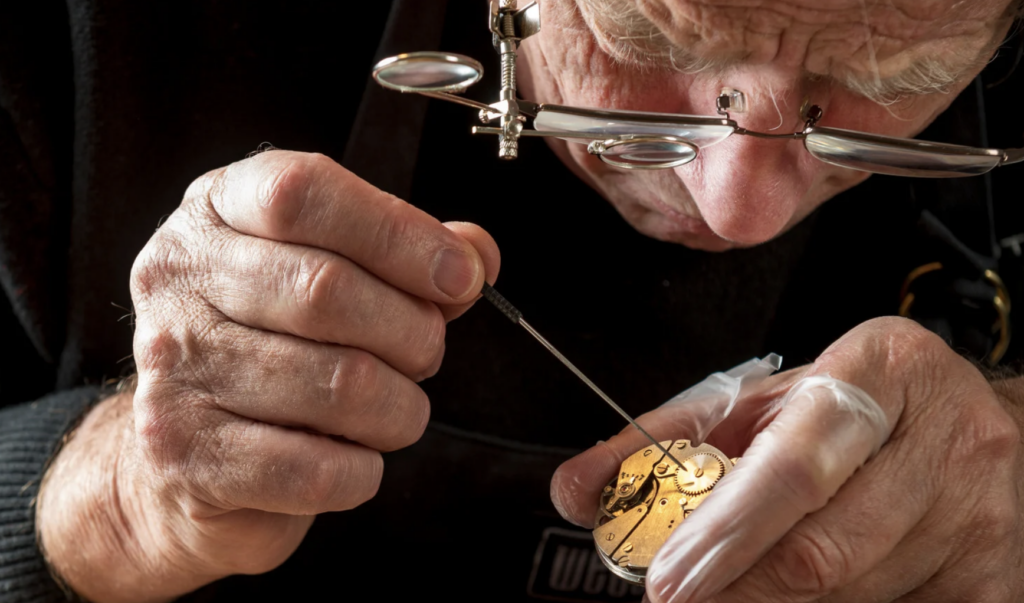Rethinking Luxury
It’s no secret that 2025 has been a turbulent year so far for the luxury industry. With geopolitical tension and economic headwinds, even long-established names – especially in watchmaking – are feeling the strain. The outlook is hazy enough that Bain & Company has mapped out three potential scenarios for the rest of the year, ranging from a 9% decline to a modest 2% growth. But is this just about the economy? Or does this signal a more fundamental change in consumer habits?
The Rise of Community
We observe a shift in consumption motivations: luxury is no longer a purchase for status or investment. It is about connection, and community around a common passion. In the art world, collectors are less focused on resale value as the priority, and more interested in sharing insider views, absorbing knowledge, and understanding stories behind the artists. A painting is no longer just an asset; it’s a ticket into a world of specialists and fellow enthusiasts who also seek meaningful investments.
Seeking Authenticity
While powerhouse watch brands such as Rolex or Audemars Piguet still hold reputational power, they are not immune to the market’s cool-down. Meanwhile, small, independent, and often family-run watch brands are quietly thriving. Why? Because they offer something rare: authenticity. Modern collectors want a relationship with their watchmaker, they want to know how their watch was crafted, and why its engineering matters (just as wine lovers enjoy meeting winemakers).
Today’s consumers are looking for more than exclusivity or a simple status symbol. They seek meaning – a chance to feel something real, and to share this feeling with likeminded peers. They want stories to tell, memories to treasure, and a sense of belonging. The future of luxury is no longer just about rarity – it’s about humanity.

